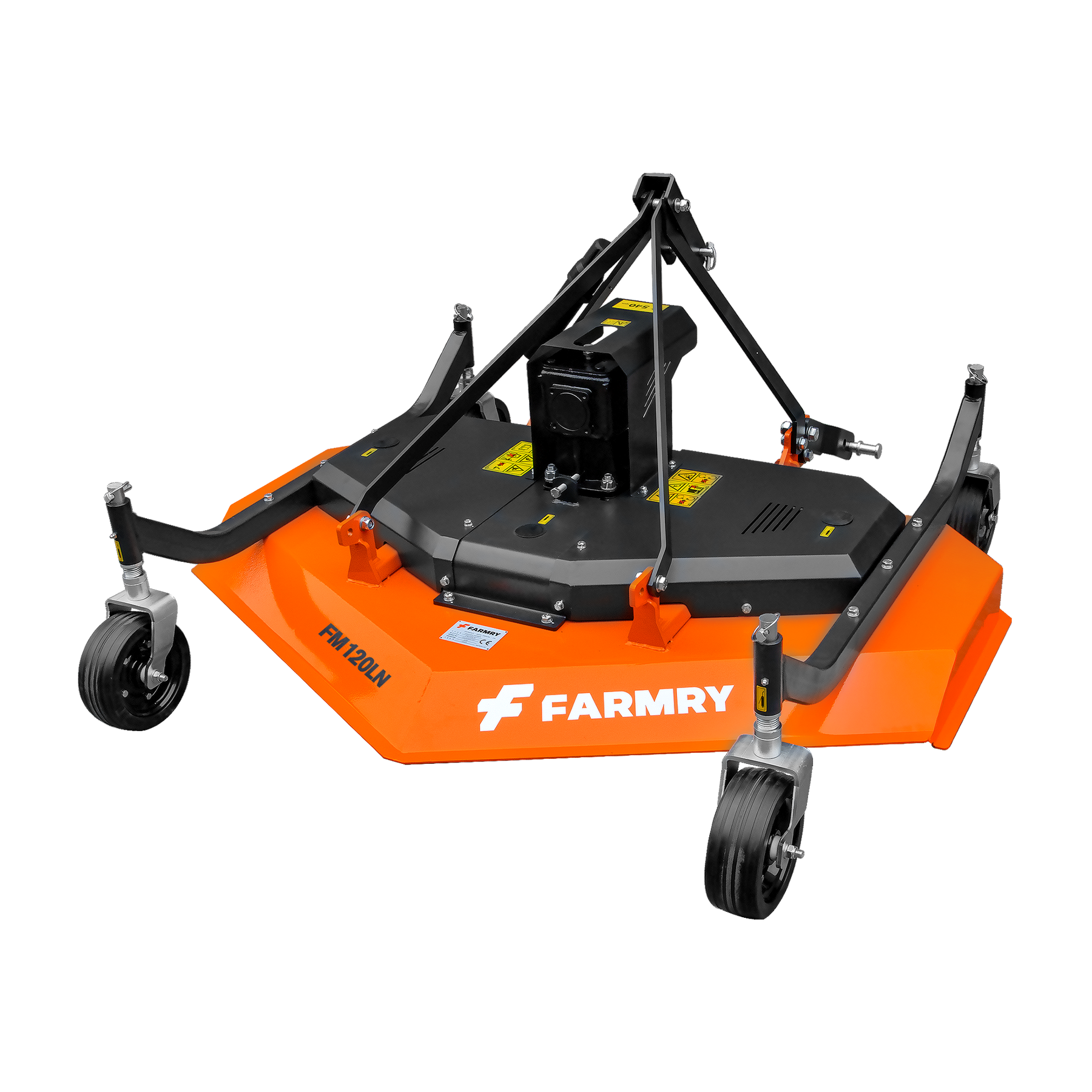FAQ
1. What is a good size snowblower?
A good size snowblower depends on the size of the area you need to clear. For long driveways, parking lots, or large open spaces, a 72-inch model is ideal. Its wide cutting width helps you finish the job in fewer passes, making snow removal faster and more efficient. Smaller areas might only need a 48–60 inch blower, but for farms, ranches, or municipalities, the 72" model saves time and fuel.
2. How much horsepower does a 3 point snowblower need?
For a 3 point hitch snowblower like this one, your tractor should have at least 25 HP, but ideally 40–90 HP to handle deep or compacted snow effectively. Lower horsepower might work in light conditions, but for consistent performance, more power equals smoother operation and better control over chute rotation and discharge distance.
3. Can I use this snowblower with skid steers or only tractors?
This model is designed for tractors with a 3 point hitch, not skid steers. If you're using a skid steer, you'll need a different attachment with hydraulic drive compatibility. Always match your machine type to the blower system for safety and long-term durability.
4. How do I maintain this snowblower for long-term use?
Regular maintenance is key to keeping your machine running strong. After each use, inspect the blades, lubricate the PTO shaft, check the adjustable skid shoes, and clear any buildup in the chute. Seasonal oil changes in the gearbox and tightening bolts around the auger will help ensure years of dependable use.
5. Is this product safe for residential and farm use?
Yes, this snowblower is designed with high safety standards, but as with all heavy machinery, proper use is important. Note that California's Proposition 65 requires warning about exposure to chemicals that may cause birth defects or other reproductive harm. These risks vary based on exposure and are common with many industrial tools. Always operate responsibly and store equipment securely.
How to Choose the Right 72 inch Snow Blower
Choosing the best snowblower comes down to application, machine compatibility, and terrain. Here's what to look for:
- Match your tractor’s horsepower.
This model works best with 40–90 HP machines using a 3 point hitch. Make sure your tractor meets these specs. - Check the snow type and volume.
For deep or wet snow, the combination of a wide clearing width, tall cutting height, and strong serrated blades ensures the blower can break through easily. - Prioritize chute control and discharge.
A 360° chute rotation allows you to control where the snow goes — useful for tight areas or long rows. - Look for adjustable support.
Adjustable skid shoes help control ground clearance, preventing damage to surfaces and protecting the unit on uneven terrain. - Durability and maintenance-friendly design.
Choose a blower built for rough use with a strong frame, sealed gearbox, and easy maintenance access. This ensures long-term durability even in heavy-duty jobs like clearing parking lots or long rural driveways.













